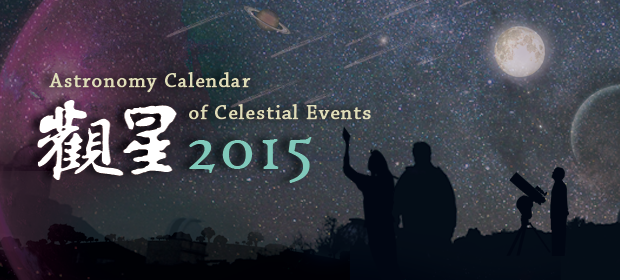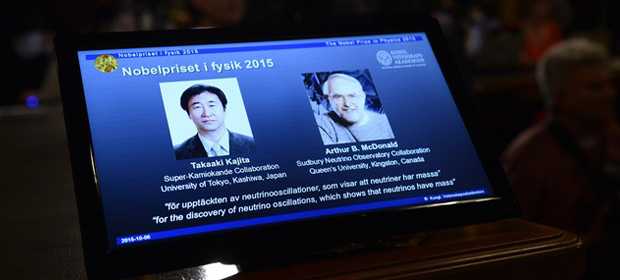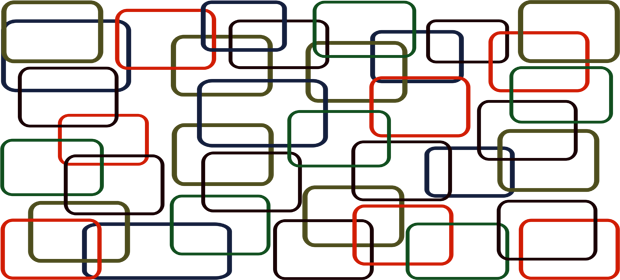湯姆生 Joseph John Thomson
湯姆生 Joseph John Thomson
國立彰化師範大學物理學系研究所許嘉榕研究生/國立彰化師範大學物理系洪連輝教授責任編輯
 湯姆生〈1856-1940〉於1897年發現電子以及對於氣體放電理論和實驗有重大貢獻,因而獲得1906年諾貝爾物理獎;研究空管的陰極射線,測定其「荷質比」為常數,提議陰極射線是來自原子的帶電粒子組成。後來公認此係電子的發現,於是打破原子不可分的成見。湯姆生他是第一位發現元素具有同位素的人,並成功地從氖-20中分離出氖-22;他也第一個提出原子模型的人-「葡萄乾布丁模型」,後來他的學生將此模型改進成今日的原子核模型。
湯姆生〈1856-1940〉於1897年發現電子以及對於氣體放電理論和實驗有重大貢獻,因而獲得1906年諾貝爾物理獎;研究空管的陰極射線,測定其「荷質比」為常數,提議陰極射線是來自原子的帶電粒子組成。後來公認此係電子的發現,於是打破原子不可分的成見。湯姆生他是第一位發現元素具有同位素的人,並成功地從氖-20中分離出氖-22;他也第一個提出原子模型的人-「葡萄乾布丁模型」,後來他的學生將此模型改進成今日的原子核模型。
湯姆生1856出生於英國,他的父親原本是一個賣書報的小販,栽培兒子湯姆生,請家庭教師教導他課業,加上他聰明勤奮,14歲就考進曼徹斯特大學學習工 程,但他的興趣逐漸從工程轉向物理。20歲時被保送到劍橋大學三一學院,以優秀的成績獲得博士學位, 1884年卡文迪西實驗室主任瑞立退休,並推薦僅28歲的湯姆生接替主任之位。
當時的科學家分成兩派,爭論陰極射線是屬於光波還是粒子,湯姆生帶著學生研究陰極射線,湯姆生認為陰極射線是屬於帶電微粒,於是他設計實驗去驗證它, 並在1897發表《論陰極射線》的文章,他發現了電子並揭示了陰極射線的本質。從此湯姆生開啟了通往「粒子物理世界」的大門。
湯姆生還發現了許多新的現象,以證明電子是普遍存在的,例如他證明了光電流也是電子組成的,以及拉塞福所發現的β射線也是高速電子流,而原子的組成成分中 一部分是電子,而電子比原子小千倍,於是湯姆生構想了原子的模型,他認為電子就像是西瓜籽或葡萄乾一樣均勻分布在原子之中。他打破了傳統的觀念-原子是不 可分割的。他後來又從離子射線的研究發現氖有兩種同位素,接著發明質譜儀。
1906年他被授予諾貝爾物理獎,後被英國皇家室受封為爵士,也被選為英國皇家學會會長,並於第一次大戰期間擔任研究與發明的成員之一。他使得英國一 直保持著領導原子物理的領先地位,他的學生中有7人先後獲得諾貝爾獎,而他的兒子G. P. Thomson也因電子繞射實驗獲得諾貝爾獎。他一生中寫了大量的著作及論文,對近代物理的發展有極大的貢獻。1940湯姆生於倫敦過世,他被安葬於威斯 敏斯特教堂,牛頓、達爾文等著名科學家的墓旁。
參考資料:
1. http://www.kcmany.org.tw/kuo/history/56.html
2. http://www3.ptgsh.ptc.edu.tw/sub/physics/h16.htm
3. http://profleeclub.ep.nctu.edu.t … les/173/index.phtml
4. http://memo.cgu.edu.tw/yun-ju/CG … omson/JJThomson.htm
5. 圖片來源:http://profleeclub.ep.nctu.edu.t … les/173/index.phtml


 前一篇文章
前一篇文章 下一篇文章
下一篇文章 過阻尼, 欠阻尼, 臨界阻尼
過阻尼, 欠阻尼, 臨界阻尼  沉睡的怪獸黑洞:臺灣旅美科學家馬中珮發現超大黑洞
沉睡的怪獸黑洞:臺灣旅美科學家馬中珮發現超大黑洞  2015年觀星大事記
2015年觀星大事記  維恩位移定律
維恩位移定律  目前世界上最精準的時鐘-光晶格光頻原子鐘在低溫環境下的突破
目前世界上最精準的時鐘-光晶格光頻原子鐘在低溫環境下的突破  【2015年諾貝爾物理獎特別報導】宇宙中的變色龍
【2015年諾貝爾物理獎特別報導】宇宙中的變色龍 ![[影音] 丁肇中諾貝爾物理獎40周年大師演講](https://highscope.ch.ntu.edu.tw/wordpress/wp-content/uploads/2016/06/banner-online.jpg) [影音] 丁肇中諾貝爾物理獎40周年大師演講
[影音] 丁肇中諾貝爾物理獎40周年大師演講  玻色-愛因斯坦分布
玻色-愛因斯坦分布 

請問一下 質譜儀究竟是誰發明的?本頁寫是湯姆生
(http://case.ntu.edu.tw/hs/wordpress/?p=35443#more-35443)
維基百科卻寫是弗朗西斯·阿斯頓
(http://zh.wikipedia.org/zh-tw/%E5%8E%9F%E5%AD%90%E8%B4%A8%E9%87%8F%E5%8D%95%E4%BD%8D)
http://en.wikipedia.org/wiki/Mass_spectrometry#History
In 1886, Eugen Goldstein observed rays in gas discharges under low pressure that traveled away from the anode and through channels in a perforated cathode, opposite to the direction of negatively charged cathode rays (which travel from cathode to anode). Goldstein called these positively charged anode rays “Kanalstrahlen”; the standard translation of this term into English is “canal rays”. Wilhelm Wien found that strong electric or magnetic fields deflected the canal rays and, in 1899, constructed a device with parallel electric and magnetic fields that separated the positive rays according to their charge-to-mass ratio (Q/m). Wien found that the charge-to-mass ratio depended on the nature of the gas in the discharge tube. English scientist J.J. Thomson later improved on the work of Wien by reducing the pressure to create the mass spectrograph.
The first application of mass spectrometry to the analysis of amino acids and peptides was reported in 1958.[12] Carl-Ove Andersson highlighted the main fragment ions observed in the ionization of methyl esters.[13]
Some of the modern techniques of mass spectrometry were devised by Arthur Jeffrey Dempster and F.W. Aston in 1918 and 1919 respectively. In 1989, half of the Nobel Prize in Physics was awarded to Hans Dehmelt and Wolfgang Paul for the development of the ion trap technique in the 1950s and 1960s. In 2002, the Nobel Prize in Chemistry was awarded to John Bennett Fenn for the development of electrospray ionization (ESI) and Koichi Tanaka for the development of soft laser desorption (SLD) and their application to the ionization of biological macromolecules, especially proteins.[14]